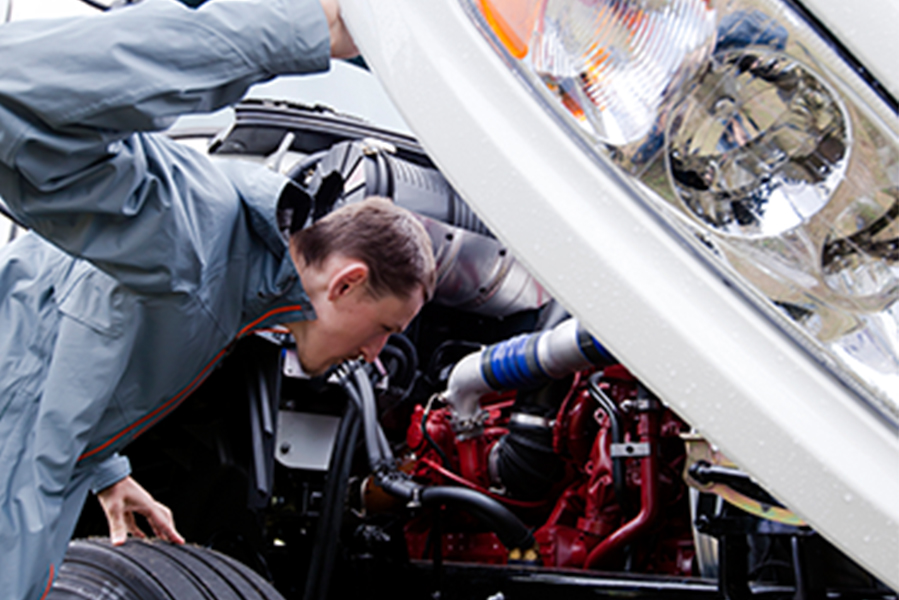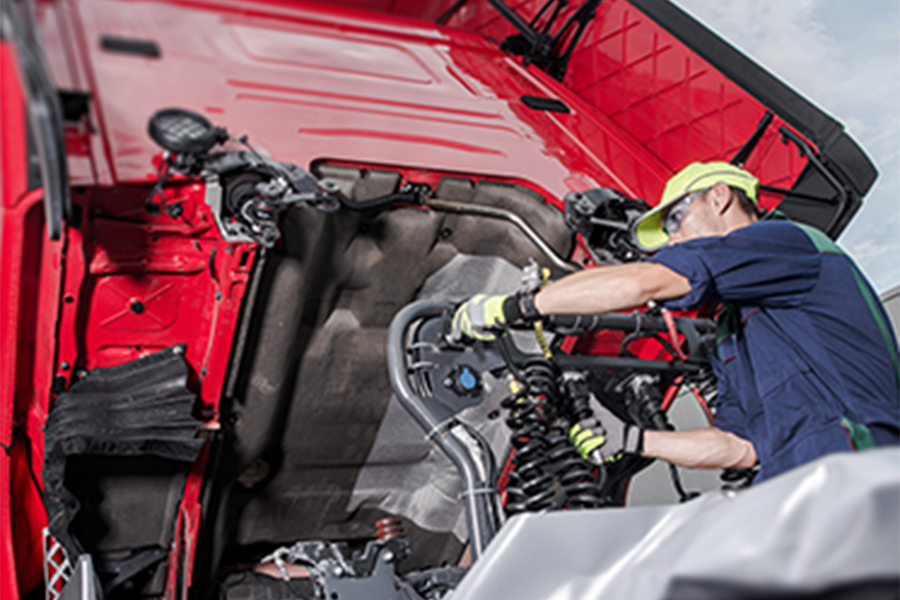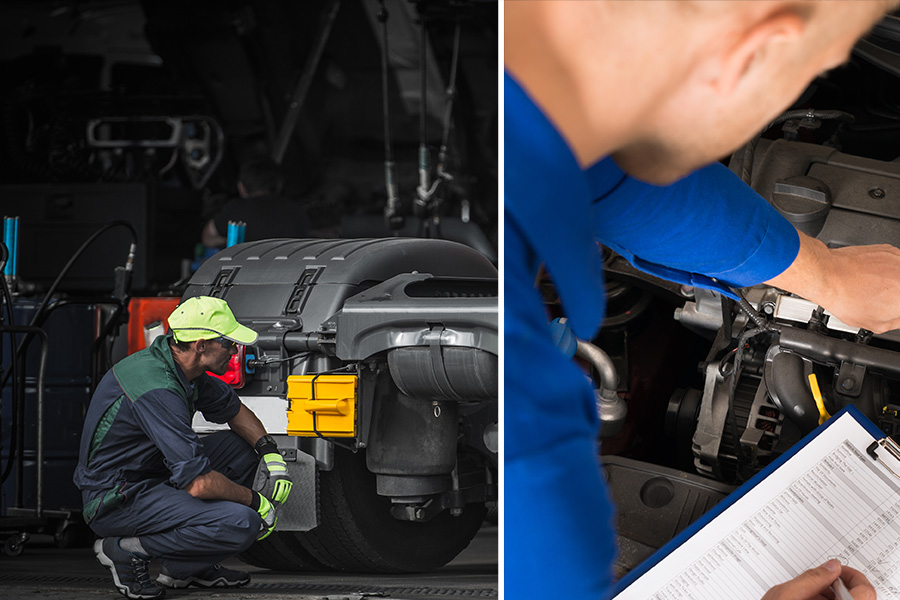Work never stops.
Unfortunately, trucks sometimes do.
Downtime is frustrating for everyone involved, from the driver to the fleet manager to the owner. At On-Site Fleet Service, we understand the importance of keeping your fleet on the road and en route. That’s why our four truck repair shops in New Jersey are open until midnight, with mechanics working on repairs overnight.
What Can Be Done Overnight?
Routine repairs can usually be scheduled ahead of time and completed overnight, with no downtime for the vehicle(s). Examples of routine repairs include:
- Fluid changes
- Front end work
- Brake work
- Light repairs
- Broken windshield wipers
- Clutch and brake adjustments
Additionally, we conduct preventative maintenance in the overnight hours, so you can keep your trucks in top shape without sacrificing work hours. In addition to ensuring DOT compliance, our comprehensive preventative maintenance program helps to identify and correct issues such as:
- Dirty air filters
- Improperly inflated tires
- Slipping clutches
- Improperly adjusted brakes
- Clogged fuel filters
- Clogged radiators
- Cracked or slipping belts
- Inoperative lighting
- Leaking wheel seals
- Broken leaf springs
Remember, it’s always easier and faster for us to keep things from breaking than to fix them after they’re broken.
How it Works
Dropping off your truck(s) for overnight repairs is easy. If you are a current customer, all you have to do is call us and schedule a drop-off time. If you are a new customer:
- Contact the On-Site repair center nearest you.
- Schedule a time to bring your truck(s) into the shop.
- Be prepared with information on the make, model, year and VIN.
- We will order the necessary parts if we do not already have them in stock.
- Your overnight repairs will be scheduled with an ETA for the following morning, barring any unforeseen setbacks, such as wrong parts or additional repairs needed.
Above and Beyond
We know how important your time is, and make a point of keeping in constant communication. If for any reason we anticipate your vehicle(s) might not be ready the following morning, we will contact you directly, beforehand. In most cases, however, overnight repairs are successful, and drivers are back on the road early in the a.m.
Entrust your trucks to On-Site and see why we’re The Better Choice for Truck and Bus Repair. Contact us to learn more about overnight repairs and preventative maintenance.











